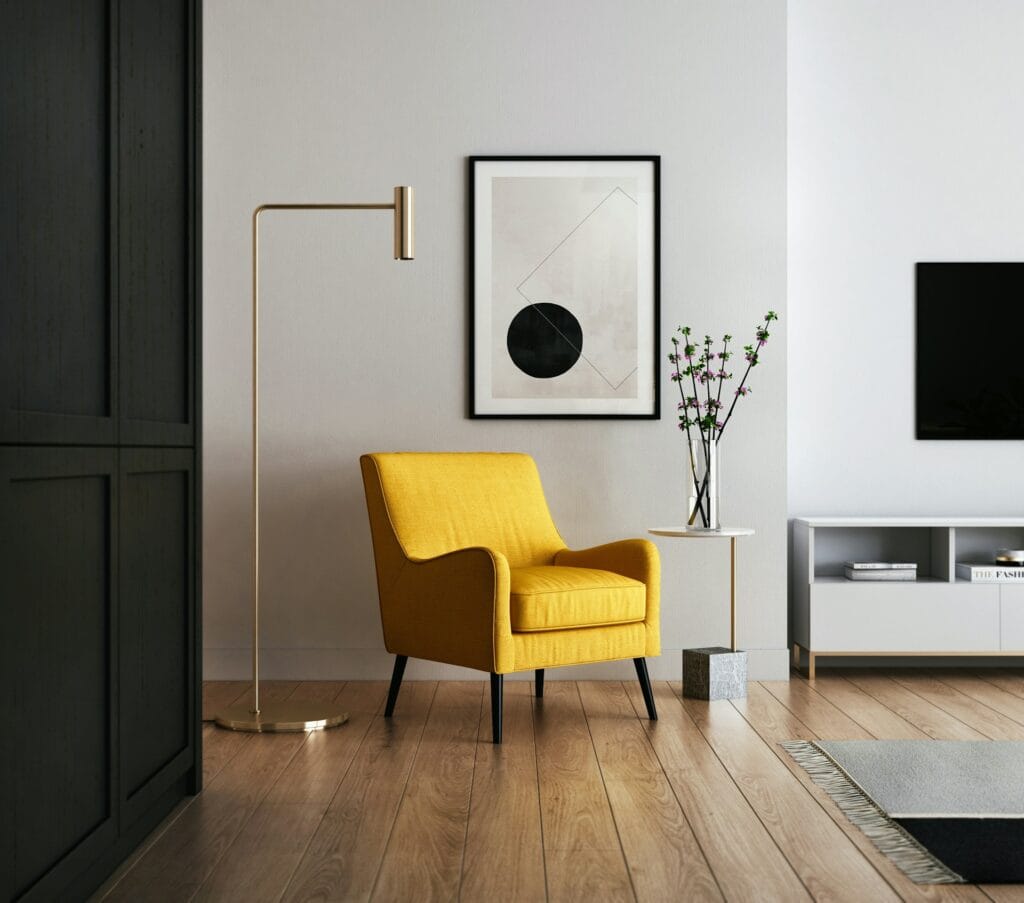Interior designers are key to creating beautiful and functional spaces. They can turn a simple room into an extraordinary place. This post will discuss the role of interior designers and explain why their work is necessary.
What Does an Interior Designer Do?
Creating stunning designs goes far beyond mere aesthetics for an interior designer. Their process starts by evaluating a client’s needs and preferences. Identifying these at the outset helps in the creation of a space that embodies both the character and the lifestyle of the client.
After this preliminary evaluation, the designer puts together a comprehensive design plan that covers all aspects, including space, colors, and decor. They consider how the space will be used and design around that functionality, keeping the aesthetics in mind.

Designing for Functionality Without Compromising on Aesthetics
While aesthetics is surely a big part of any design, striking a balance between the two (i.e., aesthetics and function) is a crucial part of interior design. A skilled interior designer carefully selects visually appealing materials and décor elements that are also durable. In a family home, for example, they will choose stain-resistant fabrics and cleanable surfaces.
Light is the other crucial element. Designers use it to evoke mood and draw attention. For instance, lighting well can turn a dull-looking room into a cozy one.
The Effect of Interior Design on Overall Well-Being
The design and setup of a room play a large part in how it affects our mood and mental health. A good space creates lower stress levels and better productivity. Many designers also add the flexibility of plants, which easily blends with nature and helps create a calming effect.
There’s also color psychology at play. Colors can create different feelings and are used in thoughtful ways by designers. For instance, blue in a bedroom expresses a calming element while yellow gives an energizing effect to a kitchen.
Wall art also shapes a room’s mood. For instance, psychedelic designs energize and spark creativity, abstracts invite reflection, and motivational canvas prints from The GOAT Wall Art inspire focus and positivity.
Sustainable Interior Design Practices
Design is becoming more and more sustainable. More and a lot of interior designers are taking green practices into account. To recycle materials and use energy-efficient lighting. These decisions are good for the environment and better for the health of the occupants in those spaces.
Designers also inspire clients to take a more selective approach to quality over half-hearted multi-showrooming. A timeless piece helps circulate a cycle of fewer replacements and less rubbish. It is also ecologically and economically sound.
Customized and Personalized Designs
Every client is different, and interior designers know that designing a customized space is a must. They hear clients’ stories and make them come alive through design. Customisation is where it is at, whether it’s including a family heirloom or building a home you want to work in (in a way that makes sense to you).
In addition, interior renders take this personalization even further by allowing clients to preview their bespoke space before any work begins. Through high-quality 3D visualizations that capture colors, textures, and furniture layouts in lifelike detail, both designers and homeowners can refine ideas and make confident choices. This realistic preview ensures the finished space reflects the client’s unique story while also saving time and preventing costly changes.
Designers make sure that areas are gorgeous and representative of the people who reside in them. This little personal touch brings a uniqueness and an essence to each project that is indeed priceless.
Working Together With Other Professionals
Often, interior designers also work alongside architects, contractors, and craftsmen. Such collaboration guarantees the perfect implementation of the design. Communication is important to keep the project on schedule and on budget.
Designers partner with expertise, ensuring quality and fine details. This means we create aesthetically pleasing, but also sound spaces.
Interior and TechDesign
But technology has also become an important part of design these days. This process typically uses software to create 3D models to help the client visualize the space, which can be modified before it is finalized. It assists with making spatial layout and design element-informed decisions.
Smart home technology is another feature gaining ground. Designers integrate our systems to bring users convenience and efficiency. From automated lighting to temperature, technology brings a level of comfort and ease.
The Economic Value of Interior Design
A good design done by a professional can raise the value of the property. A well-created area draws in buyers, and therefore, opportunity selling costs can be higher. That said, interior designers are familiar with trends and market needs and can make sure that spaces are trendy as well as more market-driven.
When it comes to commercial, good design can improve workplace productivity and employee morale, while also improving customer experiences and satisfaction. A well-designed office or retail space translates to higher productivity and more sales.
Conclusion
Interior designers continuously add value to every project with their expert skills and creative flair. Their output extends beyond aesthetics to well-being, sustainability, and economic value. From the creation of a warm house to a vibrant workplace, they can make anything. Now that one knows the many roles that interior designers play, one can understand the artistry and expertise associated with designing inspiring and uplifting spaces.